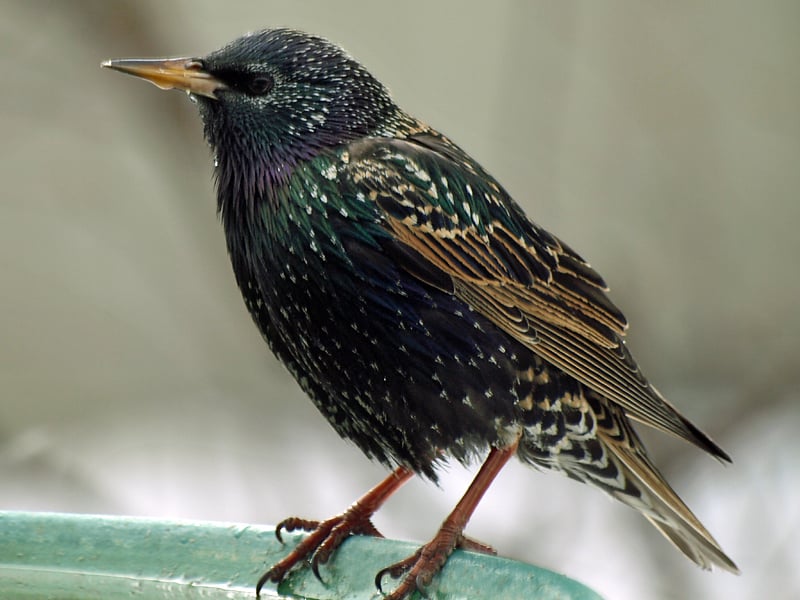European Starling
© Carol Foley
 |
What they eat: Starlings primarily eat insects, but they will eat most seeds at feeders. Large tube, suet cage, large hopper, platform, and ground feeders will attract these birds. |
 |
Where they live: Starlings typically live around people, in lawns and open fields and along streets and buildings. They occur across the entire continental U.S. and the majority of Canada. |
 |
Did you know? European Starlings are great vocal mimics—individual birds can learn the calls of up to 20 different species. |
 |
How they sound: Their call will vary, as they have around ten types to communicate about where they are, whether there’s danger around, and how aggressive or agitated they feel. |
To learn more, visit the Cornell Lab's free website: www.allaboutbirds.org.
Want to know more? Sign up for either of our free eNewsletters below.
Pennington® Wild Bird Club
Kid-friendly content, fun backyard birding activities, and exclusive offers from Pennington and The Cornell Lab of Ornithology
Cornell Lab of Ornithology eNews
Monthly guide to what's happening in the birding world from the world's leading bird conservation organization
Developed in partnership with the Cornell Lab of Ornithology.
© 2013 Cornell Lab of Ornithology

